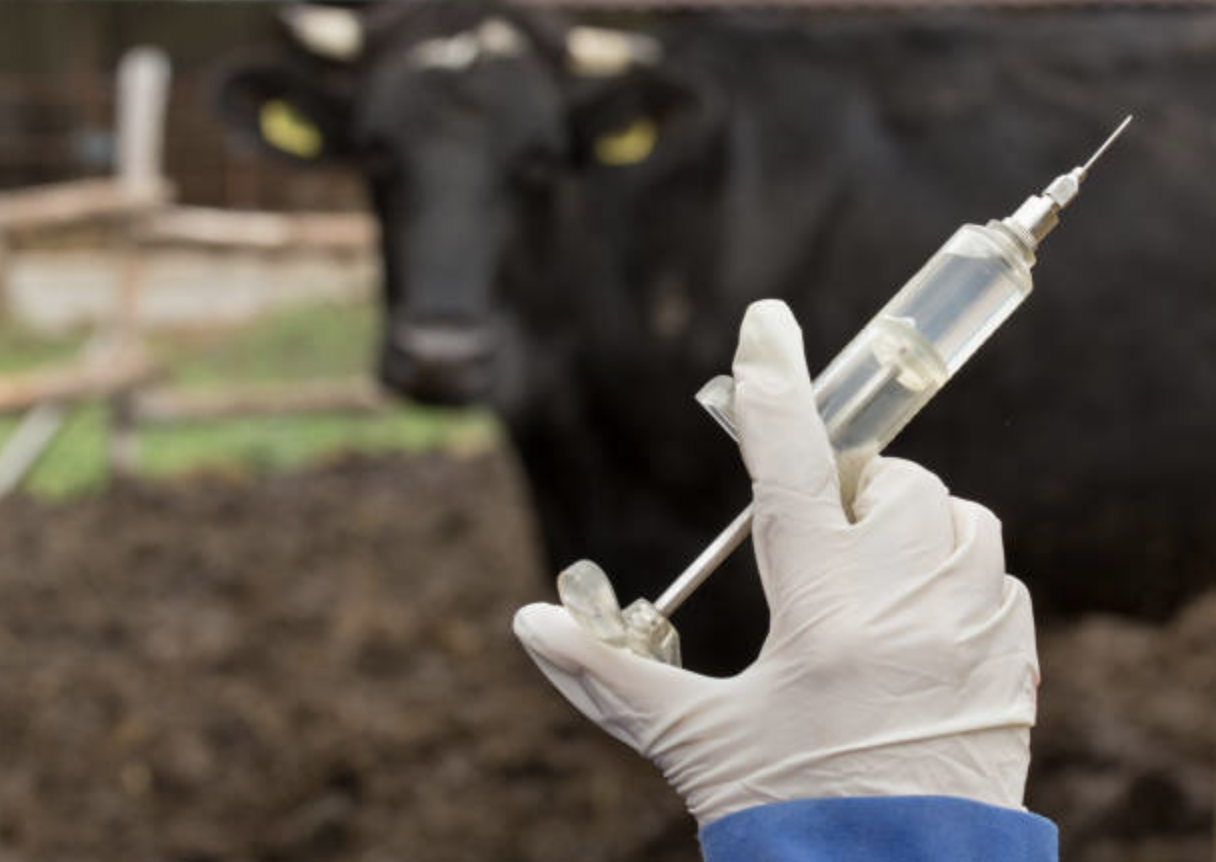Researchers have created a vaccine that may be able to reduce methane emissions
Chelsea Kam
Edited by Lianne Lee
(Jevtic, 2016)
The 2021 United Nations Climate Change Conference (COP26) took place in Glasgow from October 31st to November 12th. In this conference, various countries and world leaders discussed the best and most efficient courses of action to prevent further climate change as soon as possible. It is seen as the ‘last, best hope’ for the world to reach its goal of ceasing rising global temperatures, aiming to not exceed a 1.5˚ Celsius increase (France 24, 2021). Global warming is still on the rise and is one of the major issues we face today as a society, so how are we collectively going to tackle this issue?
According to the University of California, Davis, cows are the number one agricultural producer of greenhouse gases (UC Davis, 2019). Cows produce methane, which is anywhere from 28 to 80 times more potent than carbon dioxide in regards to global warming and polluting the air quality. Not only do they produce methane through their digestive tract, but cow urine also produces another powerful pollutant, nitrous oxide. A 2018 Oxford study found that dairy milk results in three times more greenhouse gas emissions and requires nine times more land than any other type of milk. 200 millilitres of milk, or about 4/5ths of a boxed drink, would have taken 120 litres of water to produce (ASAP Science, 2020).
It’s no surprise that due to the drastic climate implications that come with cattle, people have been encouraging the public to reduce their consumption of beef. There have been many alterternatives to meat, leather, and milk popping up as of recent. One solution currently being researched by scientists from the New Zealand Agricultural Greenhouse Gas Research Centre, is a vaccine for cattle to reduce the methane gas they produce within their digestive system (NZAGRC, 2021).
This methane vaccine functions by triggering the animal’s immune system to generate antibodies in their saliva, which suppresses the replication and function of the methanogens in the stomach of the cow, which is in turn responsible for the production of methane. This vaccine is highly desirable as not only does it reduce livestock methane emissions, but also doesn’t require farms to alter their farming systems and leaves no remnants of the vaccine in the animal products. Hopefully, this can also be applied to other ruminant farm animals (NZAGRC, 2021; Agence France-Presse, 2021).
As of right now, the NZAGRC is working to develop a prototype vaccine. It has been proven to work in cows, but there has been a lack of success in the reduction of methane emissions with the vaccination trials in sheep. However, they have found that the vaccine does increase the antibodies in their saliva. Most of the research is now focused on identifying the correct antigens that can inhibit growth and the functions of the methanogens. NZAGRC aims to cut at least 20% of methane emission in sheep and cattle without significantly altering their production (NZAGRC, 2021).
Although the greenest option would be to have no animal products at all, to live off of plants, and to use alternatives of animal products, this goal is currently unfeasible. Moreover, this “solution” is still a bandaid on an unhealed wound and doesn’t actually solve the underlying problem. However, this creation will allow us to be one step closer to a better world!
